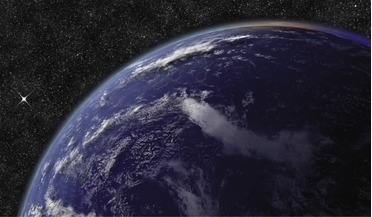 March 2022
Space travel and environmental sustainability
March 2022
Space travel and environmental sustainability
... one percent of this and consider it in terms, not of seats to space, but of fuel burned (and thus emissions of water vapour and carbon dioxide). Then, at the technological level represented by today’s Crew Dragon, it would still be permissible for...
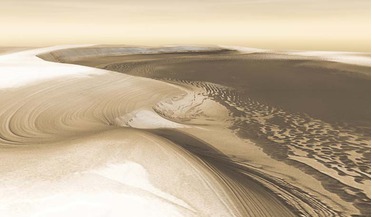 27 May 2016
Scientists reveal Mars is emerging from an ice age
27 May 2016
Scientists reveal Mars is emerging from an ice age
... than lower latitudes, the polar caps retreat and water vapour migrates toward the equator, forming glaciers and ground ...these measurements, we can improve our understanding of how much water is moving between the poles and other latitudes, helping ...
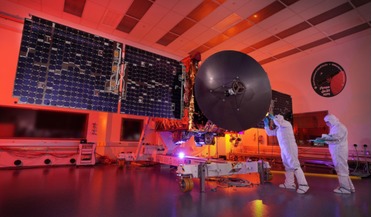 13 July 2020
UAE's mission to Mars scheduled for launch tomorrow
13 July 2020
UAE's mission to Mars scheduled for launch tomorrow
... eXploration Imager (EXI). Designed to measure the planet's water ice and ozone abundances, it will focus on Mars’... to measure the global distribution of dust, ice clouds, water vapour and temperature profile of the martian skies. Although Hope will...
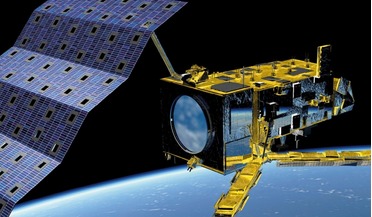 February 2019
European system for global weather forecasting and climate change detection
February 2019
European system for global weather forecasting and climate change detection
... WMO. The IJPS cooperation includes the exchange of instruments, such as the European MHS, which measures atmospheric water vapour on NOAA and EUMETSAT satellites, and the American AVHRR, AMSU-A and HIRS/4 instruments flown on Metop. It involves...
 February 2020
Climate change and spaceports – a difficult balance
February 2020
Climate change and spaceports – a difficult balance
... RP-1 and liquid oxygen, whereas the cleanest are those powered by liquid hydrogen fuel, which produces ‘clean’ water vapour exhaust, although the production of hydrogen itself can cause significant carbon emissions. Rocket engines also release...
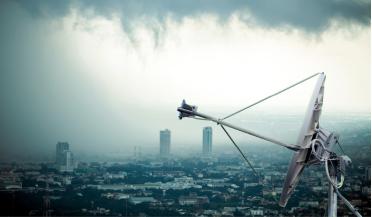 October 2023
The impact of weather on Ka-band frequencies
October 2023
The impact of weather on Ka-band frequencies
... passes through the atmosphere, it can be affected by various atmospheric phenomena including precipitation, cloud, atmospheric gases (water vapour and oxygen) and turbulence. Wet weather events such as rain, wet snow and thunderstorms can cause...